Most people pay close attention to their weight, skin, or energy levels when assessing their health—but few realize that one of the most revealing indicators is in the toilet bowl. That’s right—your poop can provide valuable clues about how your digestive system, liver, and other organs are functioning. From color and texture to shape and frequency, stool changes can sometimes indicate early signs of serious conditions.
1. White or Pale Stool
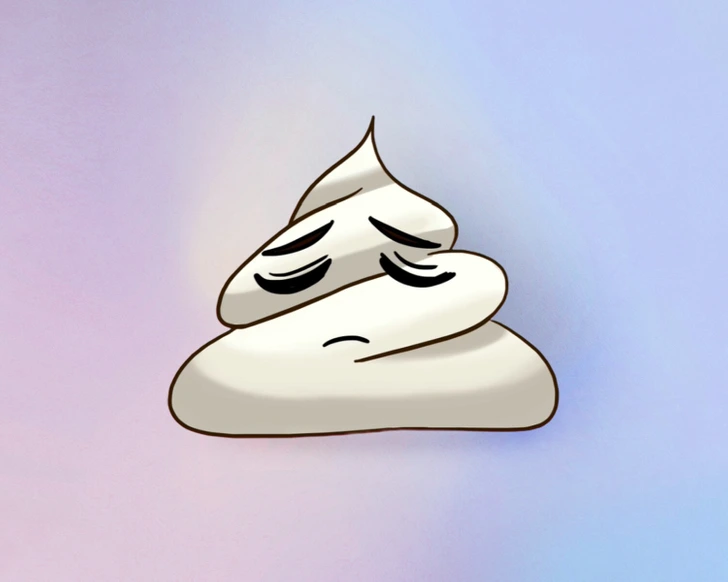
Stool that is white, pale, or clay-colored is not normal and could suggest a potential issue with bile production or flow. Bile is produced by the liver and gives stool its typical brown hue. A lack of bile may be caused by liver disease or a blockage in the bile ducts.
Possible causes include:
- Hepatitis or cirrhosis
- Gallbladder dysfunction or bile duct obstruction
- Medications like barium (used in imaging) or aluminum-containing antacids
Video:
What your poo says about your health
What to do: If your stool remains pale, contact a healthcare provider promptly to rule out liver or gallbladder disease.
2. Black Stool

While iron supplements or dark-colored foods can darken stool, a black, tarry texture with a strong odor may signal internal bleeding, especially in the upper gastrointestinal tract.
Potential concerns:
- Bleeding ulcers
- Gastritis
- Esophageal inflammation
- Colon polyps
When to act: If black stool is paired with dizziness, fatigue, or abdominal pain, seek medical evaluation. A doctor may order an endoscopy or colonoscopy for further assessment.
3. Green Stool
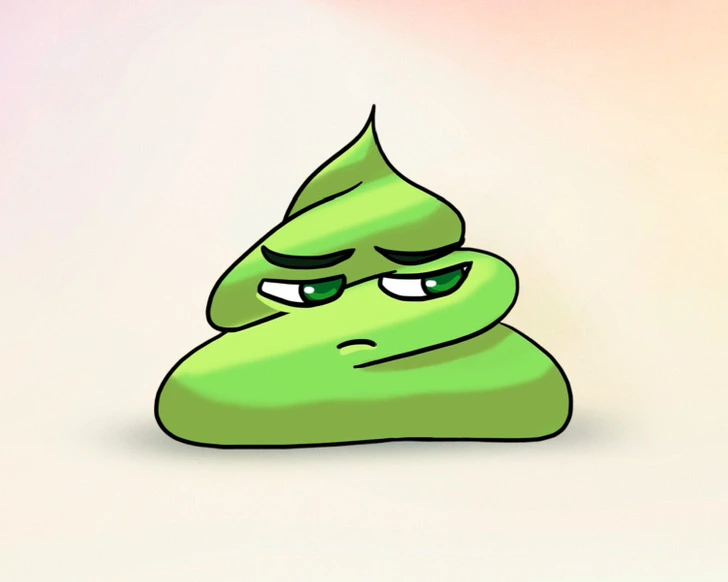
Green stool is often harmless and typically linked to diet or digestion speed.
Common causes:
- Eating a lot of leafy greens like spinach or kale
- Gut flora changes from antibiotics
- Food moving too fast through the intestines
- Mild infections (bacterial or viral)
Tip: If the green color persists for several days or is paired with other symptoms, consult your doctor.
4. Red or Blood-Streaked Stool
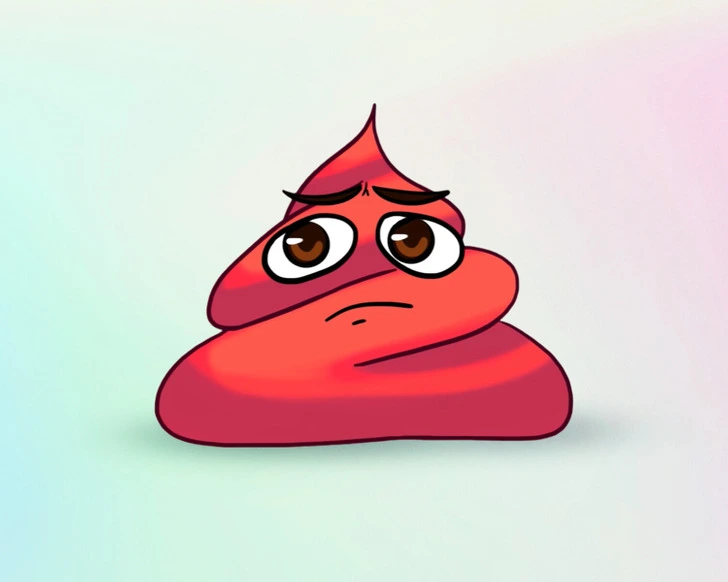
Seeing red in your stool can be alarming, but not all causes are serious.
Benign causes include:
- Eating beets or red-colored foods
- Medications with bismuth (like Pepto-Bismol)
- Red food dyes
More serious causes:
- Hemorrhoids
- Anal fissures
- Lower intestinal bleeding
- Inflammatory bowel disease
When to worry: If red stool is accompanied by pain, fatigue, or signs of blood clots or dark, coffee-ground-like texture, seek immediate care.
5. Yellow Stool

Yellow stool often looks greasy or smells foul and may indicate fat malabsorption or issues with bile.
Possible triggers:
- High-fat diets
- Liver or gallbladder dysfunction
- Pancreatic insufficiency
- Celiac disease or Gilbert’s syndrome
- Giardiasis (a parasitic infection)
- High stress or poor nutrition
Video:
12 Things Your Stool Says About Your Health
Recommendation: If yellow stools persist, especially with weight loss or fatigue, schedule a medical evaluation.
6. Drop-Shaped Stool
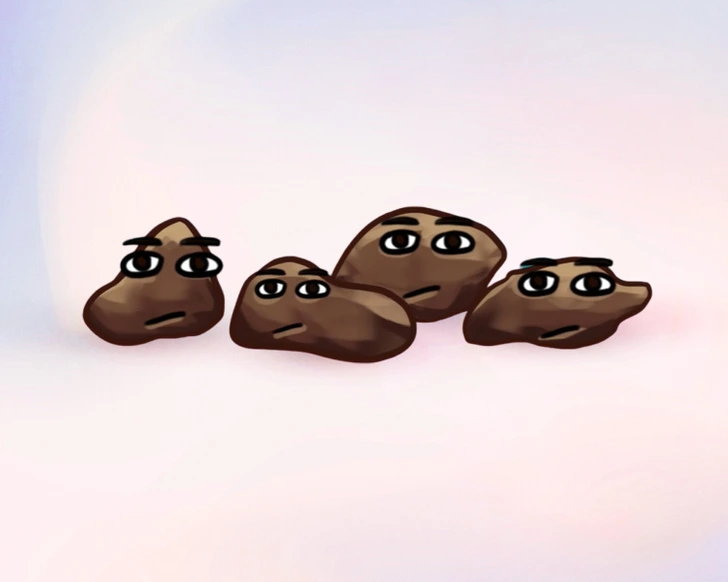
Soft, small, drop-like stool with smooth edges usually signals slightly loose bowel movements. This is common in people who have multiple bowel movements a day, especially after large meals. While not usually a concern, it can suggest that digestion is moving quickly.
7. Soft and Smooth Stool

This is considered the gold standard for digestive health. A healthy stool is shaped like a sausage, has a soft consistency, and is easy to pass without strain.
Key characteristics:
- Consistency similar to soft-serve ice cream
- Retains shape in water
- About 4–8 inches in length
Tip: Having a bowel movement every 1 to 3 days is typically normal.
8. Hard, Pellet-Like Stool

Small, dry, hard stools that resemble pellets usually point to constipation or infrequent bowel movements.
Contributing factors:
- Low fiber intake
- Not drinking enough fluids
- Sedentary lifestyle
- Medication side effects
What to do: Increase fiber and water intake and stay physically active.
9. Liquid Stool

Watery diarrhea can occur due to irritation in the intestines. It happens when fluids move too quickly through the digestive tract for the large intestine to absorb them.
Causes might include:
- Viral or bacterial infections
- Foodborne illness
- Inflammatory conditions like IBS or Crohn’s
Action: If diarrhea is severe, persistent, or accompanied by fever, see a doctor.
10. Cracked Stool

A sausage-shaped stool with visible cracks usually means mild constipation. This type may result from poor hydration or spending too much time sitting. It often means stool remained in the colon for several days before being passed.
Prevention tip: Drink plenty of water and avoid delaying bowel movements.
11. Floating Stool
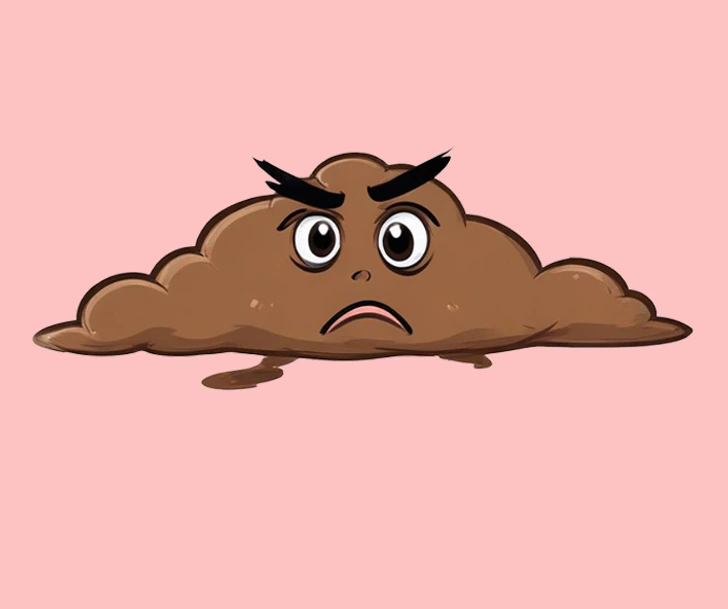
Floating stool is typically caused by excess gas or fat.
Common dietary causes:
- Beans and legumes
- High-sugar or artificial sweeteners
- Carbonated drinks
While floating stool is often harmless, consistent floaters—especially if oily—can point to fat malabsorption. If this occurs regularly, consult a healthcare provider.
12. Quickly Sinking Stool
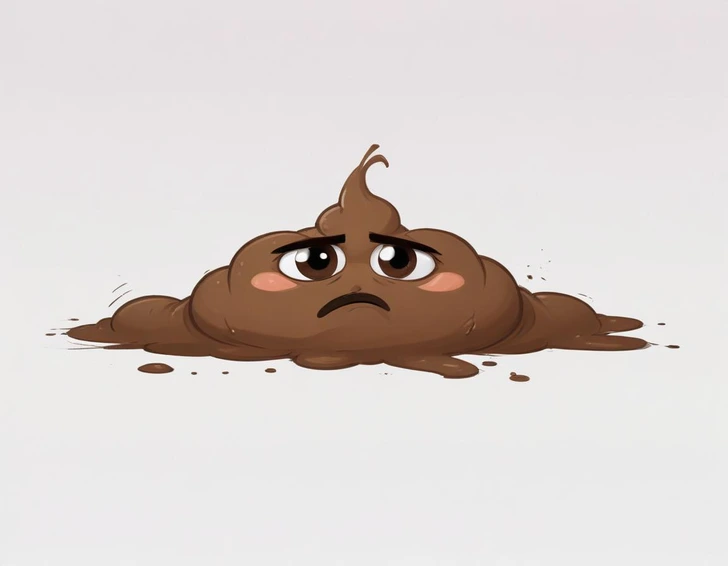
If your stool sinks fast and appears unusually dark or dense, it may be a sign of inadequate fiber and fluid intake. It may also suggest that food spent too long in the intestines.
Health recommendation: Aim for 28 grams of fiber daily. Eat more vegetables, legumes, fruits, and whole grains.
13. Fascinating Facts About Poop
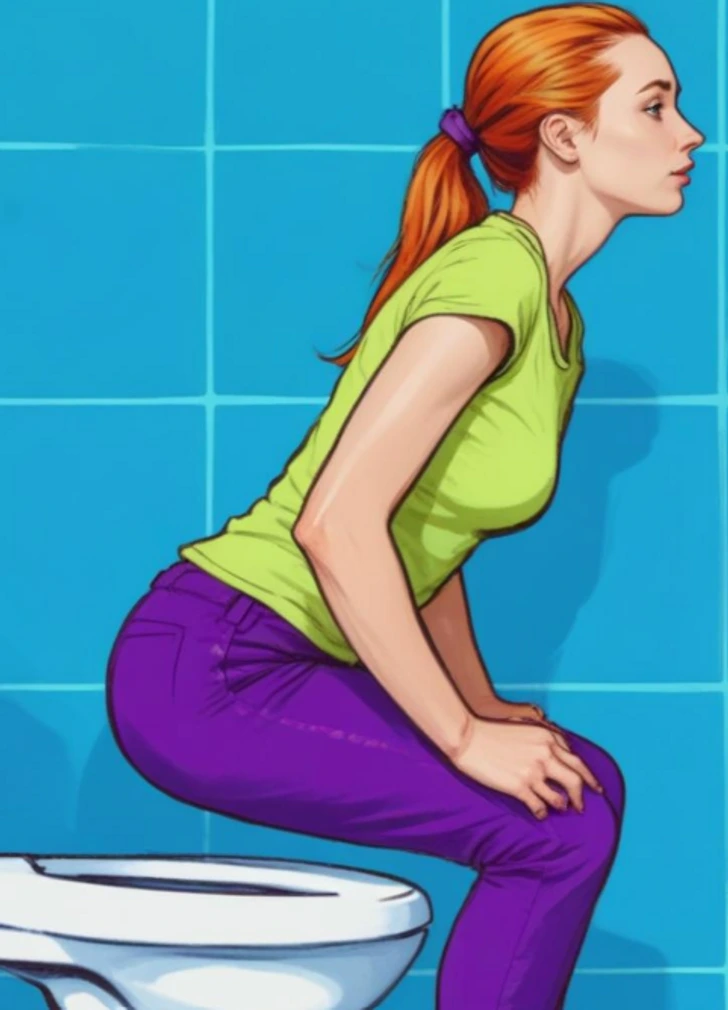
- Frequency is personal: Anywhere from three times a week to three times daily can be normal.
- The smell can change with diet: Foods high in sulfur like cabbage and garlic can produce stronger odors.
- Color changes aren’t always serious: Beets can make stool look red, and artificial food coloring can lead to unexpected hues.
- Your microbiome is reflected in your poop: A healthy gut is filled with diverse bacteria, which supports immunity, digestion, and mental health.
14. Don’t Ignore What Your Poop Is Telling You

Your poop is more than waste—it’s a daily health update. Subtle changes can be the body’s first signal of underlying issues such as dehydration, nutrient malabsorption, infection, or even colon cancer. By paying attention to these signs early on, you can take better control of your health and possibly catch problems before they become serious.
If you’re ever unsure about something you see in the toilet bowl, don’t hesitate to bring it up with your doctor. It may feel awkward, but it could save your life.


